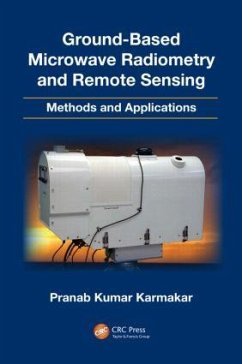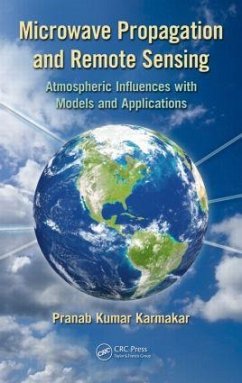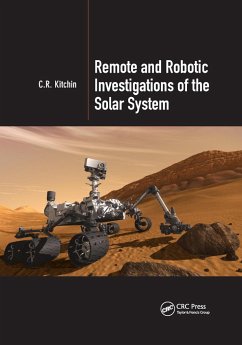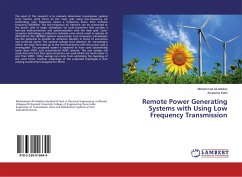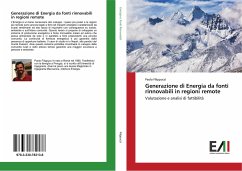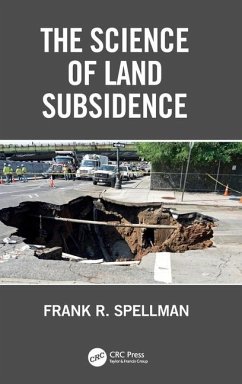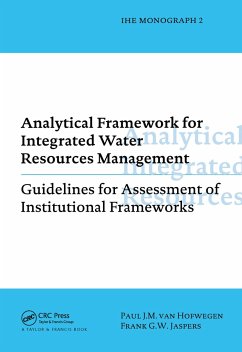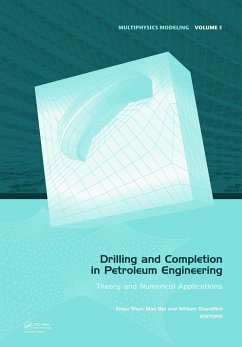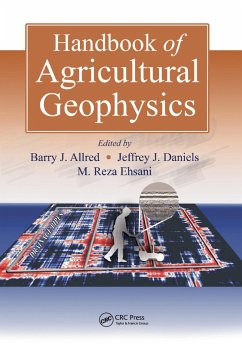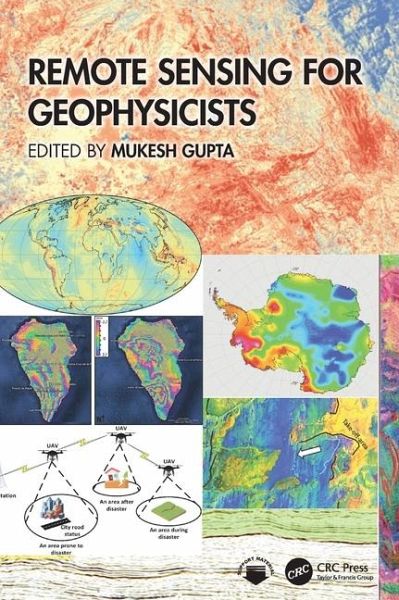
Remote Sensing for Geophysicists
Versandkostenfrei!
Versandfertig in 1-2 Wochen
230,99 €
inkl. MwSt.
Weitere Ausgaben:

PAYBACK Punkte
115 °P sammeln!
This book aims to integrate exploration geophysics with remote sensing as a cost-effective method and easy to implement for prospecting in different areas. It provides exploration geophysicists with the necessary information on how to use advanced remote sensing technology in the exploration of oil and gas, minerals, and groundwater.





